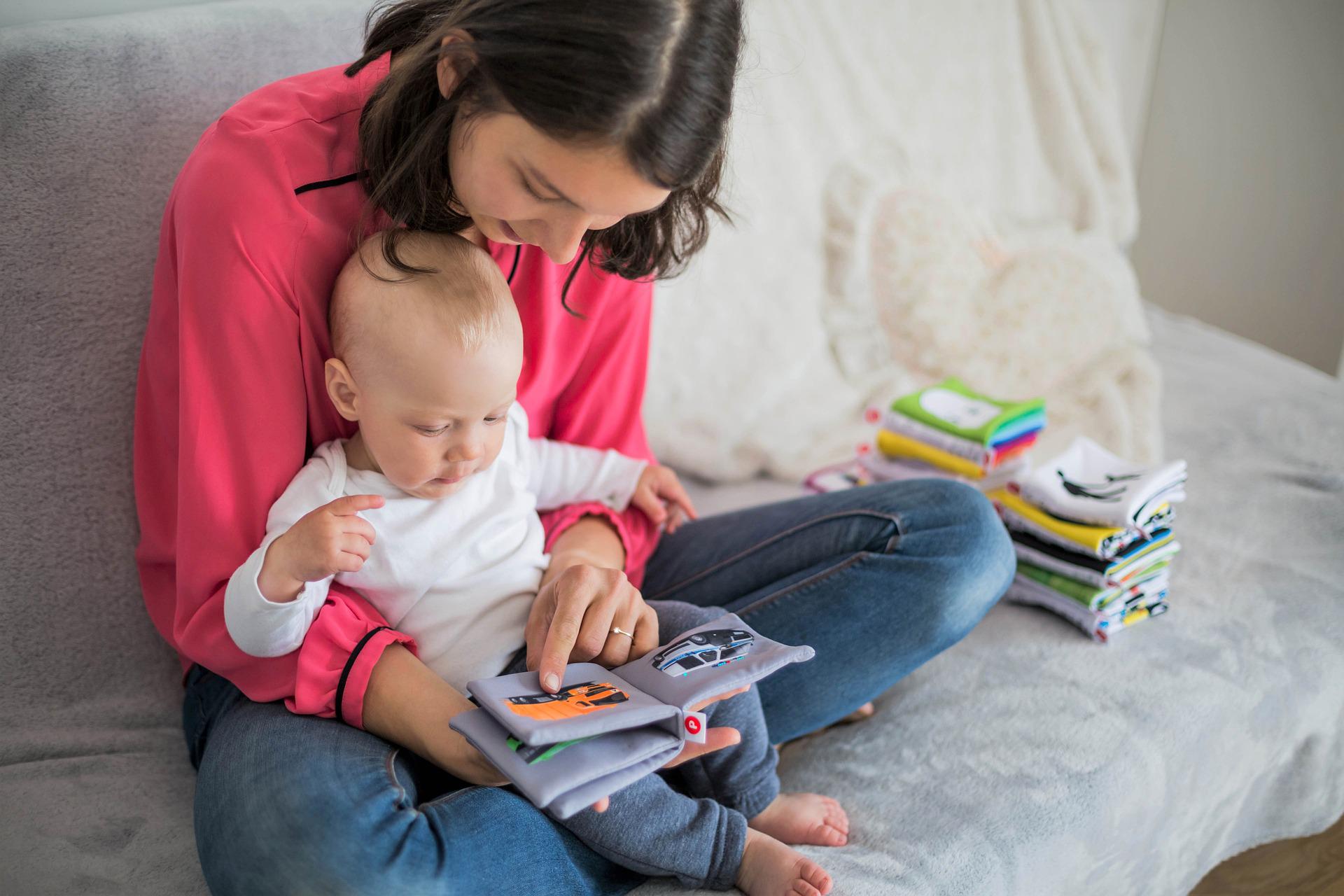Why is Early Reading Important for Toddlers?

Contrary to what you may think, literacy does not start when your child starts school, but much earlier! From birth, babies and children begin to gather the skills they will need to read. Between the ages of 3 and 5 are critical for reading growth, and by 5 years old, some children are already in kindergarten.
As a teacher I can confidently say that the best way to instill a love of reading is to simply read to your child. Not only does reading give you the opportunity for close bonding with your child, but it also provides a window into an exciting world of literacy for your child!
Watching your child go from saying their first sentences, to speaking in paragraphs, you will start to see exciting milestones develop with reading. Your child will begin to recognize print on the streets, stop signs, store signs, and even the address posted on your home.
Before beginning school, most preschoolers will know the name of their favorite book, recall familiar words and phrases, and know the difference between a letter and a squiggle; some preschoolers will be able to recognize and write some letters and make up rhymes; and some preschoolers might even predict what happens next in a story and be able to read and write their own name.
To help set your toddler up for the best success in reading, you can talk about the text and be on the lookout for any problems. By having books at home and talking about letters and words on packages and signs, will help your child see how text is already a part of their daily life, making reading look like a familiar task.
When teaching your toddler to read, keep and eye on your child’s progress, and if there appears to be any speech delays or a learning disability that is affecting their efforts. This is nothing to worry about as early intervention can prevent problems in the future, so best to ask your pediatrician for advice if you have any concerns.
While at home with your toddler, I have composed a list of activities you can do with them to guarantee success in reading.
- Have Fun!
Children enjoy getting involved in any activity that’s going to be fun, even when it comes to learning to read! A simple task is to write your child’s name on a piece of paper, and have them copy it using alphabet stamps, stickers, or even magnets. Show encouragement by asking them to write their own “words” using these letters, which is a great thing at this early stage of learning to read.
- What Word Starts With…
Making the connection between letter and sound is one of the first steps to reading. Play a guessing game with your child using their favorite words such as, “What letter does ‘p-p-p-pirate’ start with?”, or “How about ‘m-m-mommy?”. Once your child guesses correctly, see how many more words you can come up with together that start with the same letter.
- Have Your Child Be The Author
As a teacher, I can say with absolute certainty that toddlers can be especially chatty, and as a parent, take advantage of this! Get to know your child’s interest and write a book together. Begin simply, like describing a day at the park or a visit with friends. Then staple a few pieces of paper together, and write out a sentence or two of your child’s description on each page. Read the story together and then have them illustrate it!
- Different Reading
Reading a book to your child is great, but what’s even better is something called “dialogic” reading, which is when you ask your child to participate in the story. Before you turn the page of the book, ask your child what they think will happen next, and when the book is done, ask them if there is another way the book could have ended.
- Bring it Outside
Kids of all ages love enjoying all of those outdoor activities, so why not bring out some reading activities too! Making letters out of Play Doh or clay, or drawing them in the sand are fun ways to get your child practicing early reading skills while enjoying their time outside. Whether you’re out in the park, the beach, or in the snow, don’t be afraid to use your surroundings to play with letters!
Remember, every child learns at their own pace, so it’s best to make this process encouraging and enjoyable. By reading daily, having fun with activities, and even having your child pick their own books as their skills grow, will instill a love of reading and set them up for the ultimate reading success. Teaching children is not a simple task, and if after reading these steps you’re left feeling a little overwhelmed, no need to worry, I have a solution for that too! Click the link below to see how Sarah Shepard, a fellow teacher, has taught over 35,000 children how to read with her program Reading Head Start!